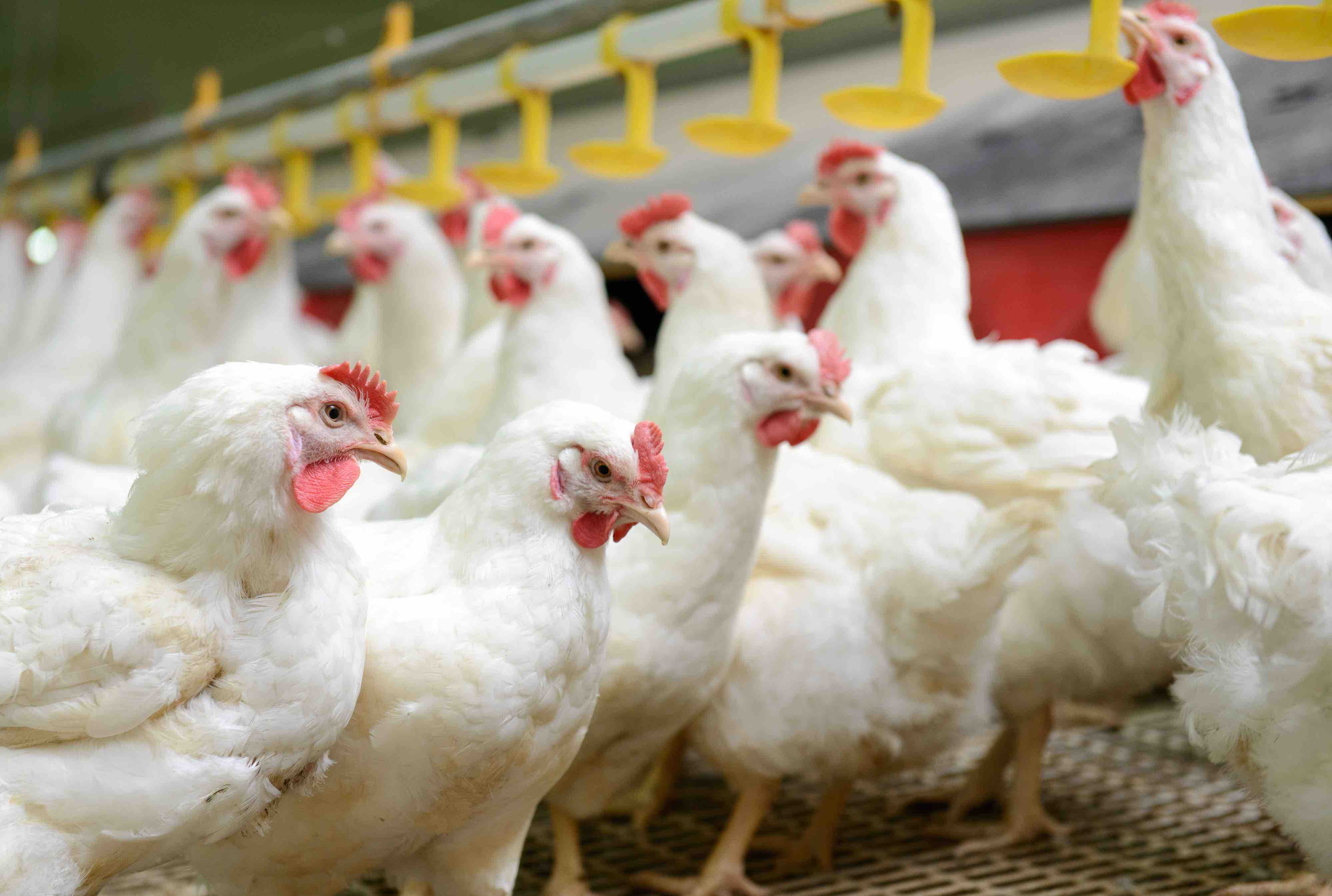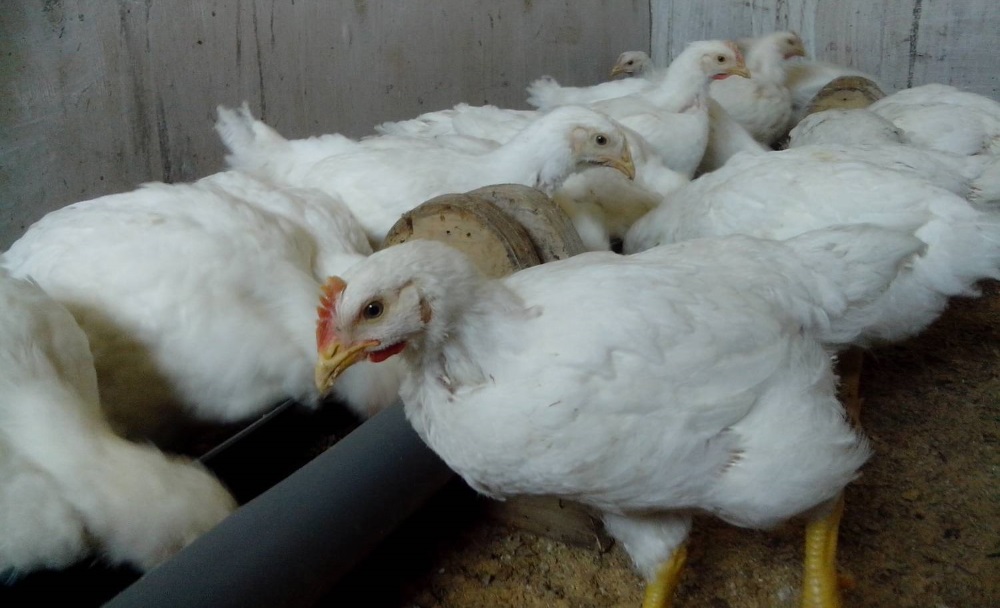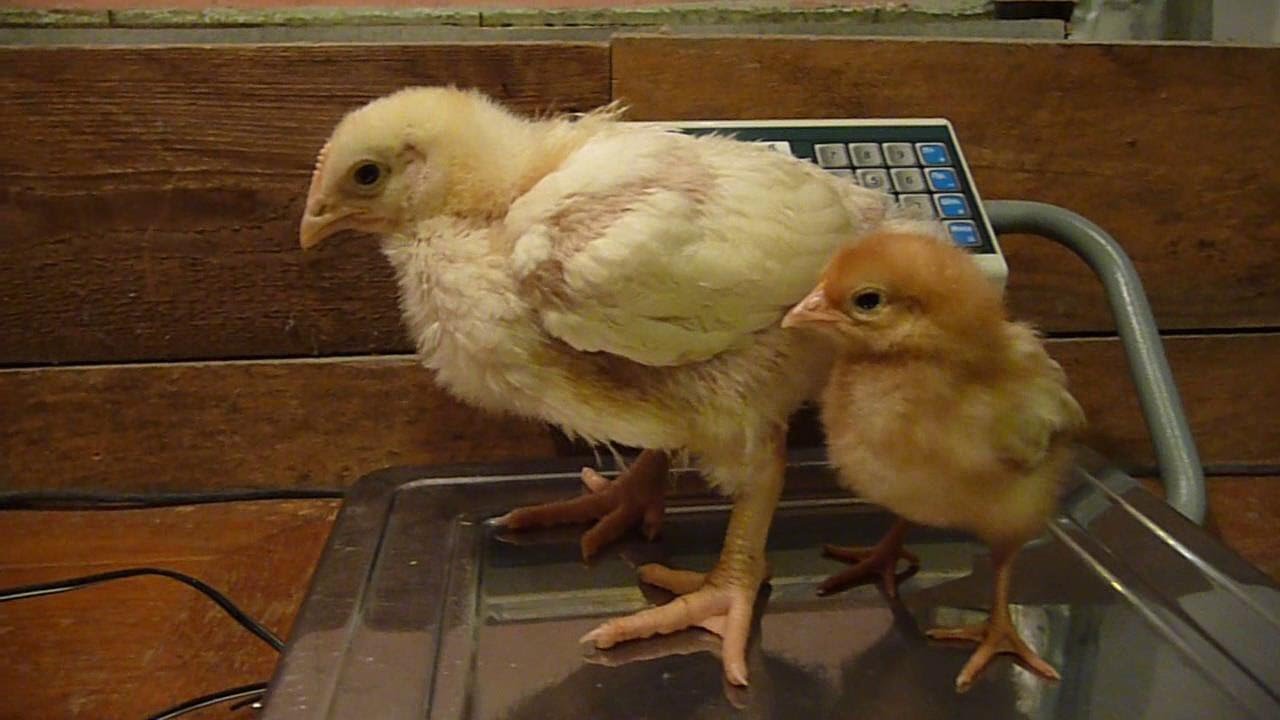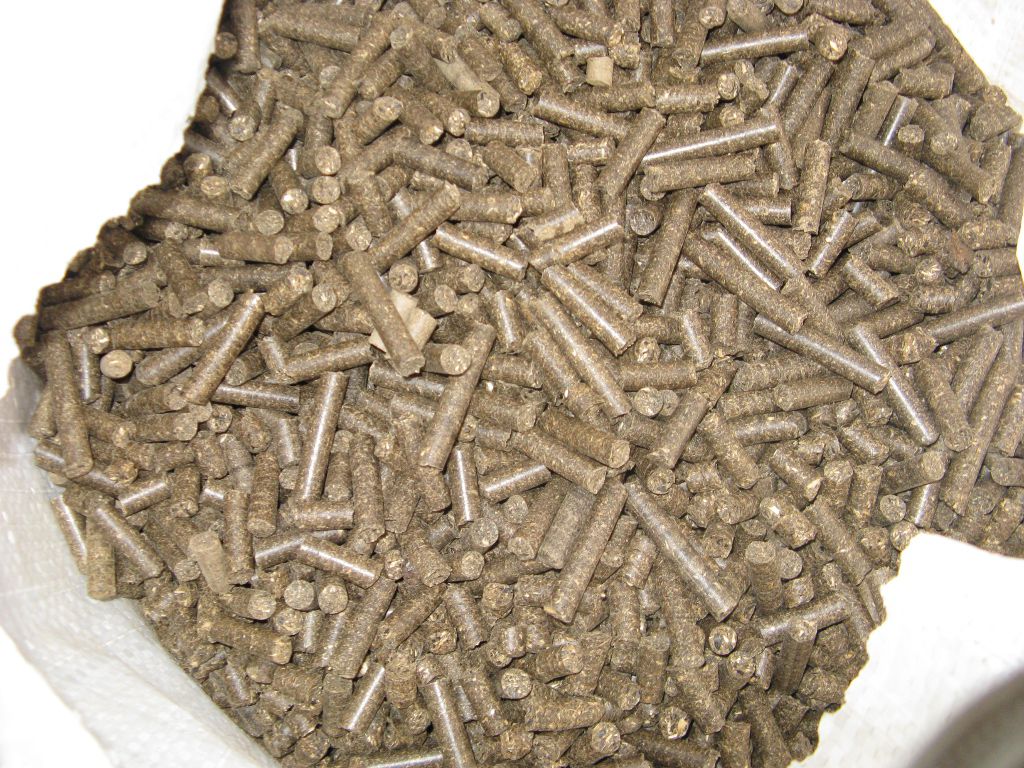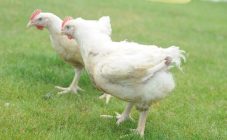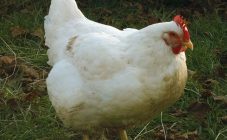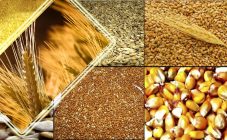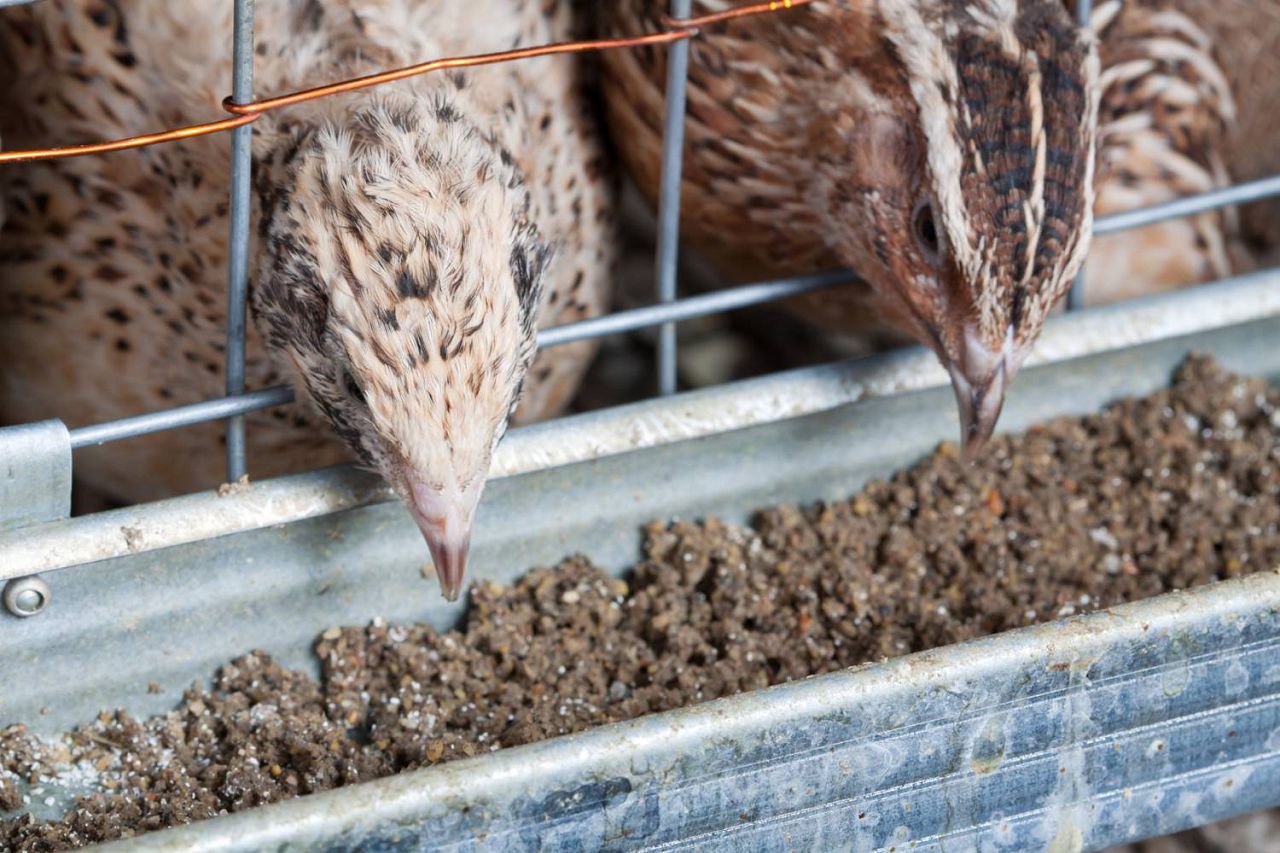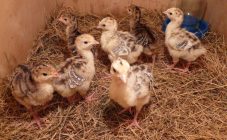Content:
Chicken meat is tender and dietary. But it will take several months to grow an adult bird from a chicken that can be slaughtered. In order to get as much chicken meat as possible in a short time, English farmers tried to cross several different breeds. As a result of selection, chickens were born, which received the name "broilers". Representatives of this breed are quite large, weighing up to 5 kg. But in order to raise large, healthy birds, you need to know how to feed broilers so that they gain weight faster.
Description and main breeds of broilers
Broilers were bred in England by crossing large chicken species. These were mainly breeds: Cornish, Cochinhin, Langshan, Brama, Plymouthrock. The farmers believed that the bred variety would produce offspring of the same broilers, but they were wrong. After one generation, they began to hatch common chickens. After that, the breeders came to the conclusion that broilers can only be obtained by crossing several breeds.
Today these chickens grow very quickly: already at 2-3 months they weigh 2-2.5 kg, and they are slaughtered for meat. Broiler chickens are very calm. They do not fly, move little, and do not require large areas to keep them. This is a big plus, as even a small area can grow a decent number of birds. Moreover, it is believed that broiler meat, which is more than 3 months old, is not so tasty and healthy. They begin to slaughter them after 45 days, and more than one livestock of young animals can be raised per season. There are several breeds of broilers, each of which has its own characteristics and characteristics:
- Broilers of the Smena breed were bred at the poultry farm of the same name. Differs in the taste of meat, high survival rate and rapid growth.
- The Gribro-6 crosses were bred by crossing the Cornish and Plymouthrock breeds. In addition to taste, they are distinguished by high egg production, rather thick plumage.
- Breed Broiler-61. Chickens of this breed were bred by crossing the same two breeds as the Gibro-6. They are characterized by rapid growth, high egg production and survival rates.
- Cross Broiler-M. This breed has several advantages: tasty meat, high egg production, compact build, which makes it possible to keep many birds in the hen house. Chickens of this breed begin to hatch from 5 months, and one laying hen can produce 165 eggs per year.
- Broilers Cobb-500. These chickens are easy to keep at home, as they have a very high survival rate. They have a beautiful yellow skin color, which gives them a good presentation.
- Chickens breed Ross-308. Birds of this species have healthy, robust offspring, as well as tasty meat. Each chicken gains about 60g daily.
- Cross Ros-708 is distinguished by good survival rate and is relatively inexpensive.
These are the most common breeds that are suitable for home and farm production. They are quite tough and survive well. Their breeding is profitable and brings no small income. But it is very important to feed the chicks properly so that they gain weight quickly. In addition, if you do something wrong, you can incur losses instead of profit.
How to feed broiler chickens
To raise healthy meat chickens, you need to provide chickens with proper nutrition and maintenance from the first days of their life. You need to know exactly how the young are fed and how to feed broilers after a month. There are several types of feeding. Since every breeder wants to get a big profit from the sale of meat, then for this you need to choose the most economical feed option. But at the same time, you should not chase the price, but rather pay attention to its quality. This is what will help to get the desired result in the future.
Main types of feeding:
- Feeding with dry compound feed. This option is suitable for large farms, as it does not require special costs for caring for the bird. The feed is poured into special feeders, the content of which is replenished as needed. In addition, such feeding contributes to the rapid growth of the bird. Drinking bowls with fresh water must be placed next to the feeders.
- The second feeding option is wet mash, when 1 kg of dry food is diluted with water, broth or dairy products. The economy of such feed also lies in the fact that food leftovers can be added to the mash. The main thing is that it is not spoiled. And this option is only suitable for small farms.
- Combined feeding consists of mixing two types of feed. Wet is added to dry food. This gives savings by reducing the amount of compound feed.
- Protein concentrate BMVD provides savings of 20% in contrast to feeding with dry compound feed. Suitable for any household.
All of these options help save money and time, while yielding positive results in the form of young growth.
Broiler feeding changes after 1 month. The starting compound feed is replaced with the finishing mixture. It is prepared as follows:
- wheat - 25%;
- barley - 25%;
- peas - 10%;
- corn - 20%;
- soybeans - 20%;
- sunflower cake - 5%.
Another recipe for preparing the mixture is as follows:
- 45% corn;
- 17% oilcake meal;
- 13% wheat;
- 8% barley;
- 7% meat and bone or fish meal;
- 5% feed yeast;
- 1% of fresh herbs and chalk;
- 3% feed fat.
After a month of life, the diet of chickens should contain a grain mixture, as well as grass, grated vegetables, and potatoes. Birds must have sufficient fresh water at all times. You should not include wet bread, sand and low-quality, spoiled foods in the diet. For those who do not know what to feed broilers at home after a month, these recipes are also suitable.
Errors in feeding broiler chicks
The first mistake lies in keeping the chickens. This is an important detail in the cultivation of poultry, which is always worth remembering. Because even with proper feeding, but with violation of maintenance standards, problems cannot be avoided.
In order for the chicks to eat the daily feed rate, first of all, normal conditions must be provided. The room must be clean. Where chicks are located, it is worth maintaining a certain temperature regime. And this applies not only to the temperature in general, but also to the floor, which must also be warm enough.You must make sure of this and, if it is cold, take measures to insulate it.
In a chicken coop with young growth, there should be no moisture and even less mold. The room should be carefully checked for their presence and measures should be taken to eliminate them.
The second and very important mistake is feeding. As food, chickens should be given only high-quality, fresh feed. The diet should be balanced and rich in vitamins, otherwise the bird will get sick and lose weight.
The third mistake is trying to feed broilers like normal chickens. This should never be done if the breeder does not want to suffer losses. To get started, chicks simply need to get food rich in nutrients and minerals. The whole set of necessary substances is in special feed.
Observing all these recommendations, it will not be difficult to raise healthy chickens and profit from them. Broilers have long gained popularity due to their fast growth and tender, tasty meat. Where to put the carcasses and make a profit is not a problem. The sales market is large enough, and prices are constantly growing, but despite this, consumer demand does not decrease.
